« Je suis American / Please cook my steak again. » — Ben Folds
Serge de Bechetch (1946-2007) and Jean-Marc « Loro » Laureau (1943-1998)’s Déboires d’Outre-tombe was an off-and-on (1969-75) series of short pieces parodying horror movie tropes. It took its (clever!) title from diplomat-author François-René de Chateaubriand (1768-1848)’s Mémoires d’Outre-Tombe (« Memoirs From Beyond the Grave »); “Déboires” signifies ‘a run of bad luck’ or, originally, ‘an unpleasant aftertaste’ from drinking wine. Nowadays, Chateaubriand is mostly associated with his chef’s favourite steak recipe.
To be honest, while Loro’s artwork was often inspired, Déboires’ gags mostly fell flat; I presume that the creators had no idea how hoary these monster jokes had become, not having been exposed to the likes of Famous Monsters of Filmland, Topps’ ‘You’ll Die Laughing‘ card set, Mad, Cracked, Sick… and all the glut of parody mags. However, Loro was for a time — and right from the start — editor of the French edition of Warren’s Creepy, which was, imho, superior to the original thanks to better printing and, most significantly, its brand-new, first-rate documentary material created by Midi Minuit Fantastique alumni, replacing Warren’s cool, but repetitive in-house Captain Company adverts.
Here are the strips I consider standouts. Just a few years on, Loro would attain his peak with the early cases of gumshoe Abel Dopeulapeul, whom we’ve featured a few years back. Contrast and compare!







« I took the orphans from the youth club to the beach for a swim… »
« And what’s so evil about that? » « The sharks… »
-RG






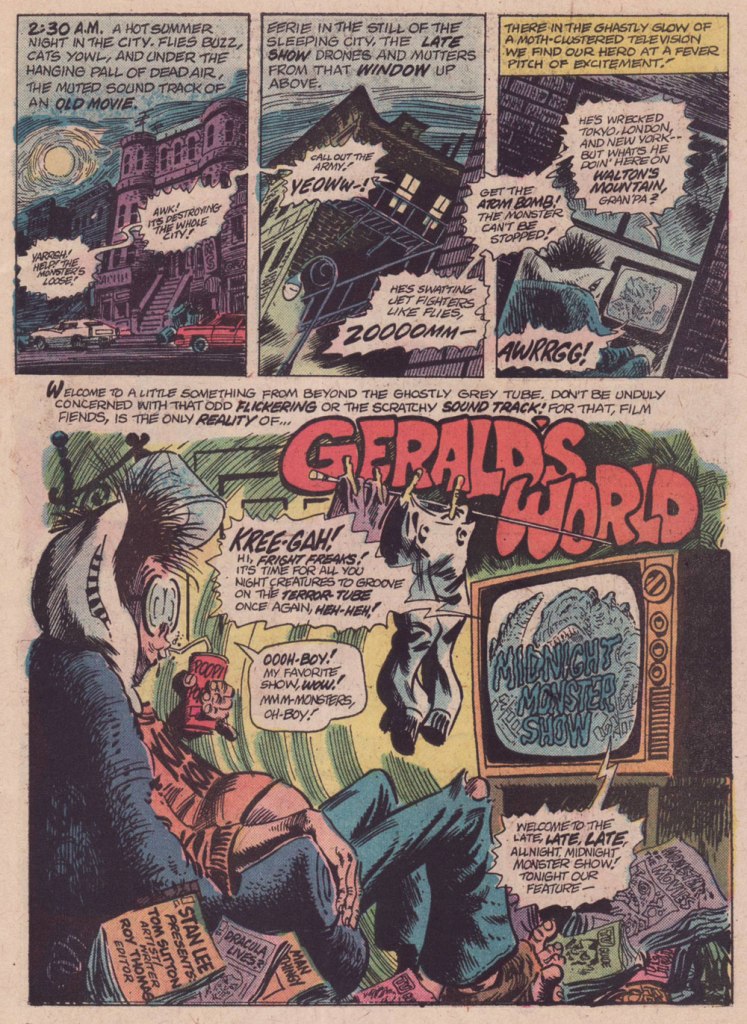































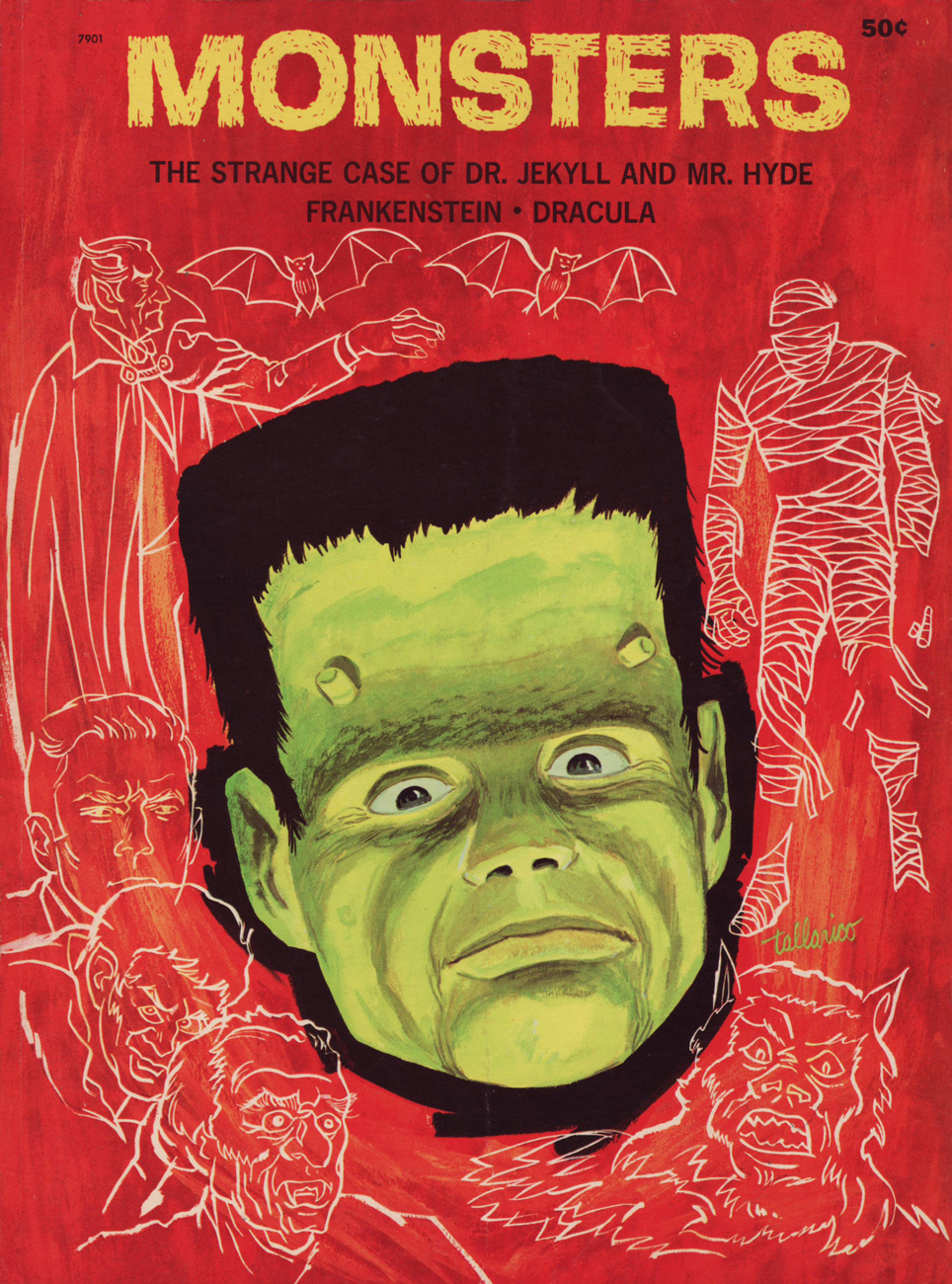

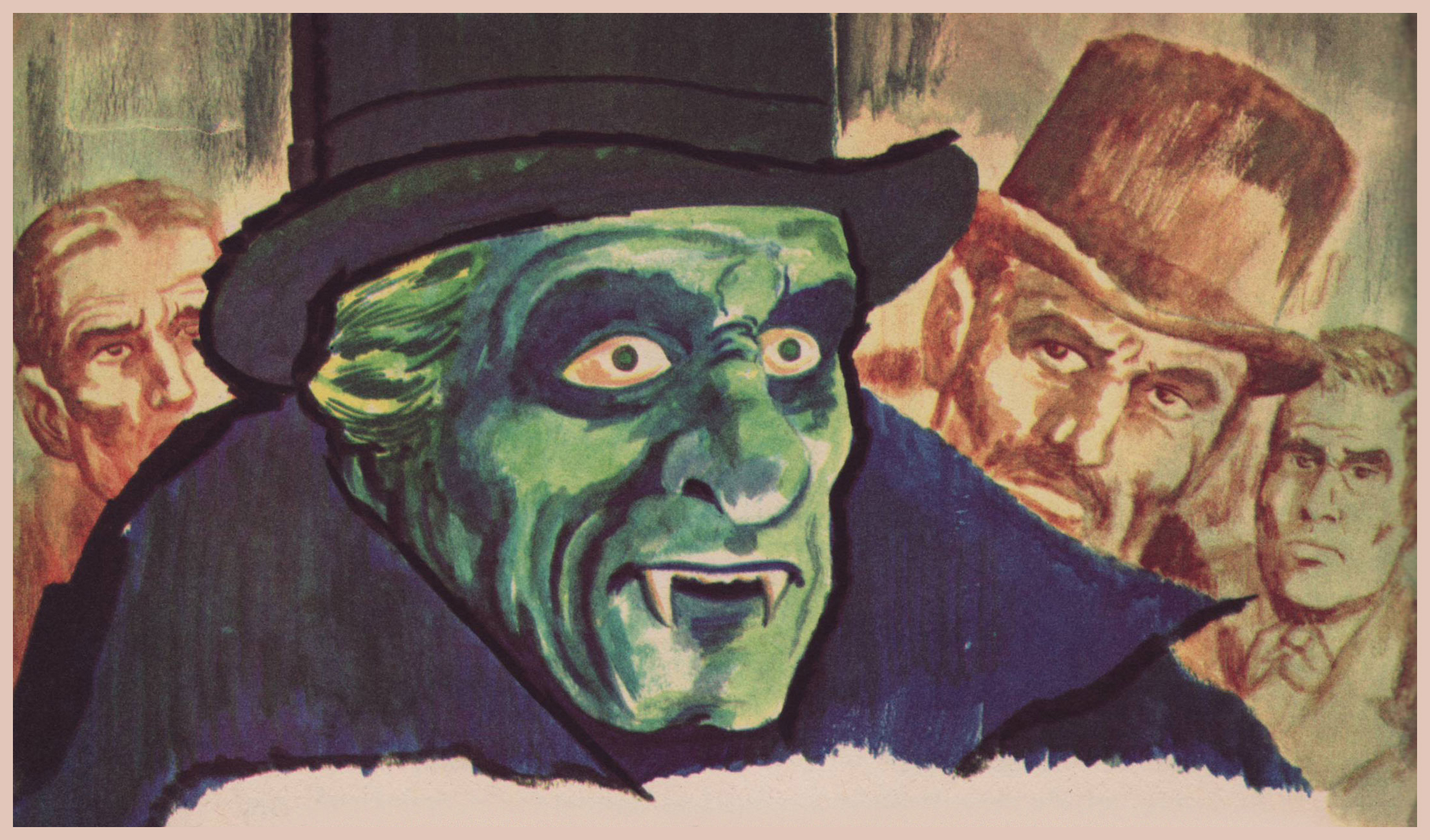
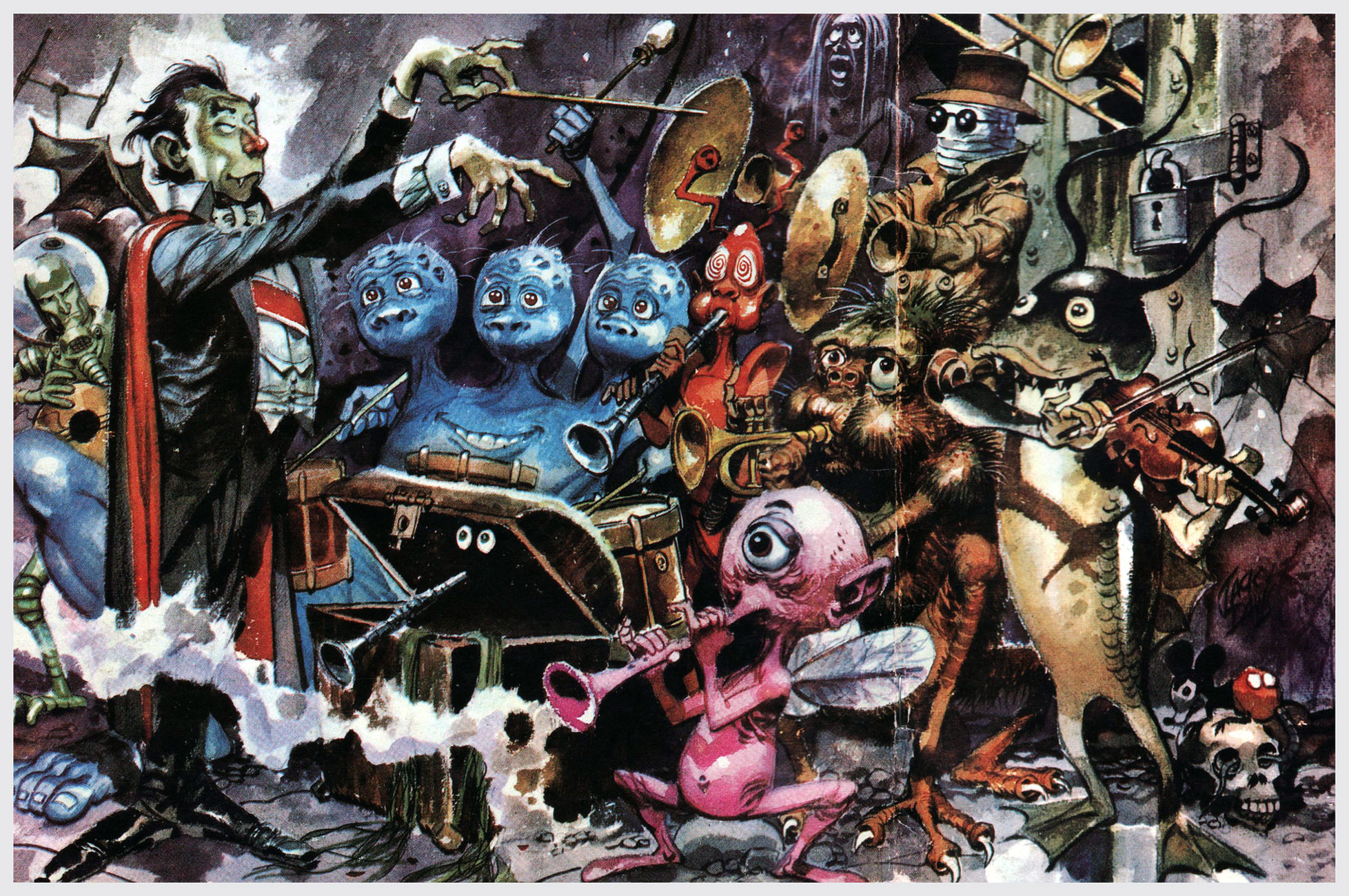




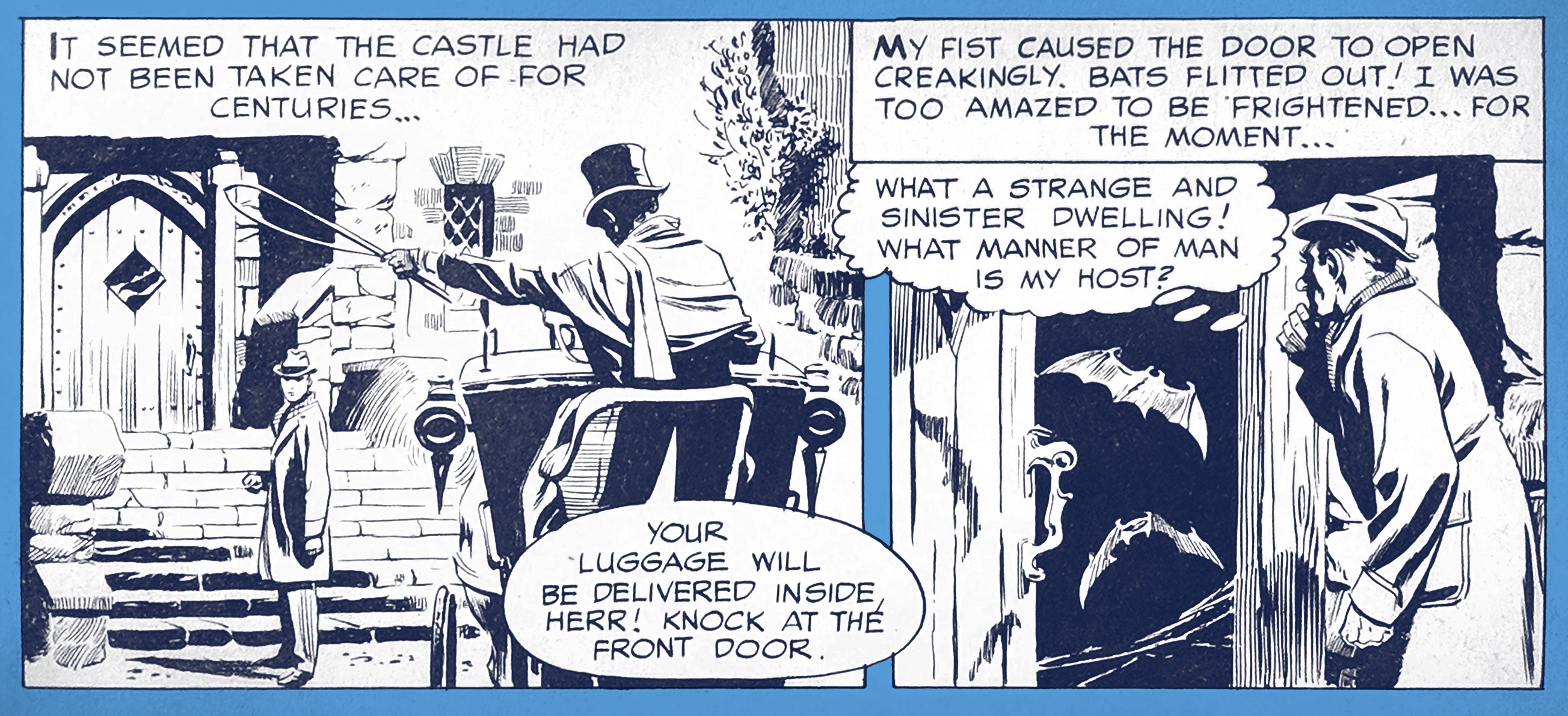





 To give credit where credit is due, the colour reproduction is fairly faithful (as these things go) and quite a bit of detail is retained. That hardly ever happened!
To give credit where credit is due, the colour reproduction is fairly faithful (as these things go) and quite a bit of detail is retained. That hardly ever happened!